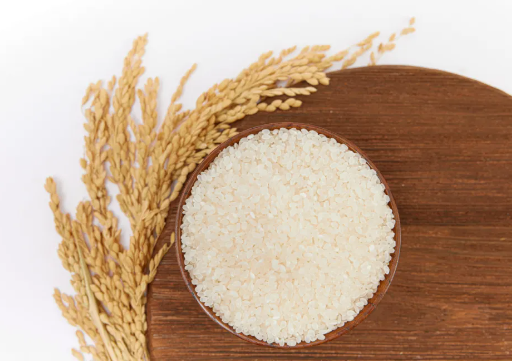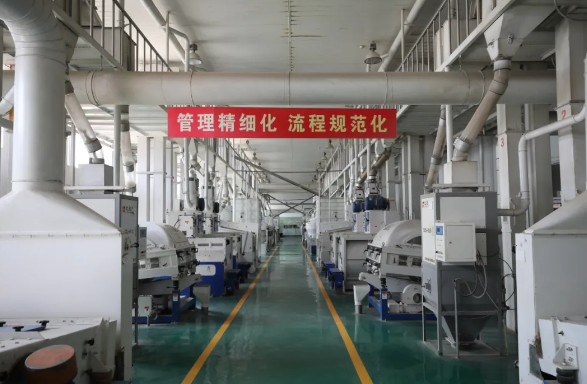Rice Mill Machinery
Raw grain entering warehouse
After the autumn harvest, the rice is naturally dried for 10-15 days. After its moisture value meets the testing standards, it can be transported into the warehouse in batches.
A series of inspections will be conducted on each batch of raw grain before entering the warehouse. The inspection indicators include: moisture content, impurity content, variety purity, taste value and other indicators! After meeting the inspection standards, the materials can be smoothly put into the warehouse.
Rice cleaning
This step is to remove impurities in the rice. First, preliminary screening and cleaning, such as larger straw, soil clods, some grass seeds, insect corpses and other impurities.
Then there is stone removal and metal removal. This step is to remove stones and soil from the rice. It includes a magnetic separation process. Metal impurities mixed into the rice can be removed by using iron suction equipment.
If these impurities are not removed thoroughly, it will not only affect production safety and reduce the quality of rice, but will also be harmful to human health after consumption.
Husking rice
This step is to use a rice huller to peel off the husk of the rice. After the hulling is completed, it will become the well-known brown rice. Brown rice is light yellow and has high nutritional value, but it is troublesome to cook, has a mediocre taste, and has difficulty digesting. The disadvantage is that it still needs to be processed into polished rice for consumption.
Some companies can also burn the chaff produced in this step to generate heat and generate electricity, which can be reused.

Separation of grain and roughness
The process of separating unhulled rice from brown rice is called paddy separation.
After hulling, there will still be some incomplete hulling of the rice. At this time, it will be screened by the paddy separator to separate the rice from the brown rice. The part of the rice that has not been hulled will re-enter the hulling process. Shelling machine again for shelling processing.
thickness grading
This step is to remove immature kernels (what we often call shriveled kernels), broken brown rice kernels and some impurities smaller than brown rice kernels.
Rice milling
The crude fiber contained in the cortex of pure brown rice, which is obtained by shelling and separating the hulls of rice, is a substance that cannot be absorbed and digested by the human body, and will affect the color and smell of the finished rice. Rice milling is the process of grinding off the outer layer of brown rice to become rice.
The brown rice is gradually ground through the sand roller rice mill twice and the iron roller rice mill twice, for a total of 4 times, and is processed into semi-finished rice.
This process will cause the rice to heat up to about 40°C due to friction, and there will also be a 24-hour natural heat dissipation process to bring the rice down to close to room temperature before being polished. Only in this way can the pure natural characteristics and taste be guaranteed.
rice polishing
After brown rice is milled into rice, the light yellow bran layer on the surface still contains many impurities, germ parts, etc., which affects the appearance quality, storageability and taste of the rice.
After two polishings, it is helpful to completely remove the rice bran on the rice grains, and also gelatinize the starch on the surface of the rice grains, making the rice crystal clear and effectively extending the storage time of the rice.
Finished rice grading
The polished rice is screened to carefully screen out the broken grains and bran pieces produced by polishing to improve the overall integrity of the rice. This step is length grading.
It also needs to go through three color selection processes to conduct color comparison to remove diseased grains, yellow grains, glass and other foreign impurities in the rice that are inconsistent with the color of the rice.

Huatai supply grain processing machinery, rice mill, rice milling, any need please email to info05@cnoilmachine.com